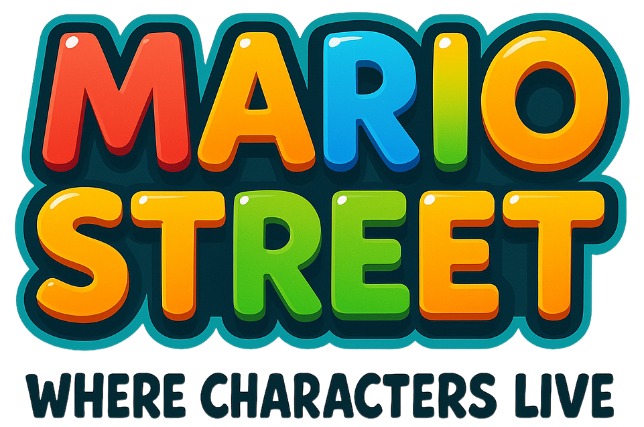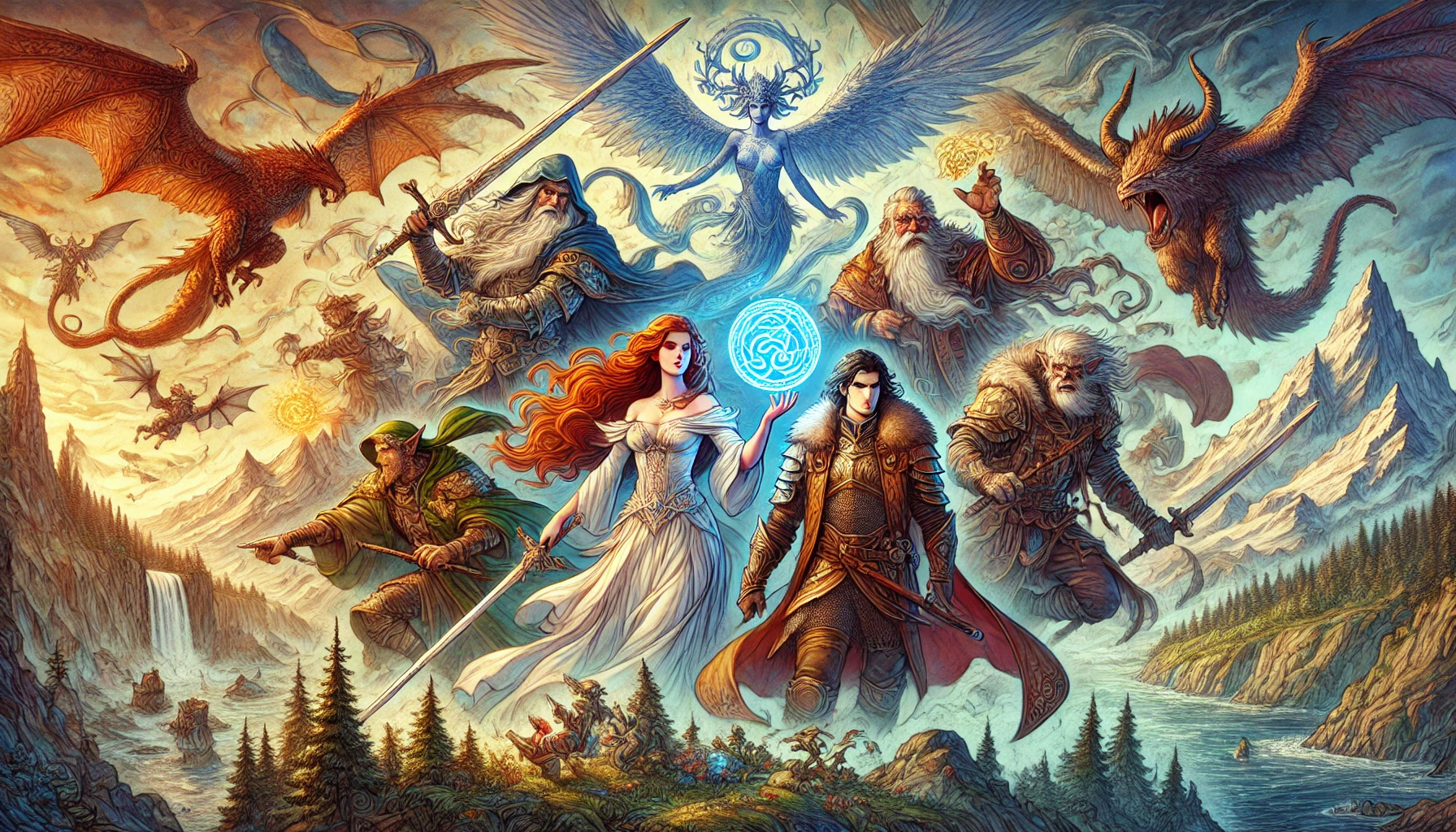Legends, Gods, and Timeless Tales: A Creative, Exciting, and Playful Journey Through Mythological & Folklore Characters
Once upon a time, in every corner of the world, humans told stories—of thunder gods and tricksters, of monsters and miracles, of wise old spirits and magical transformations. These weren’t just bedtime tales. These were the blueprints of culture, imagination, and the deepest parts of the human soul. Mythological and folklore characters aren’t just ancient history—they’re the original superheroes, villains, adventurers, and teachers.
So grab your winged sandals, magic mirrors, or thunderbolt (depending on your vibe), and get ready for a whirlwind adventure through some of the most legendary characters in mythology and folklore. From the sun-drenched temples of Egypt to the icy peaks of Asgard, from Grimm’s woods to spiritual figures of epic power, let’s explore the stories that shaped civilizations—and still capture imaginations today.
Egyptian Mythology Characters: Gods, Guardians, and Golden Legends
The sands of Egypt hold more than just pyramids and pharaohs—they hold myths of cosmic proportions. Egyptian mythology is a blend of magic, mortality, and gods with animal heads (which is still objectively awesome).
First up: Ra, the sun god, who sails across the sky every day in his solar boat and battles the chaos serpent Apophis every night. Talk about a wild commute. Then there’s Anubis, the jackal-headed god of mummification, quietly weighing hearts and judging souls with spooky precision. He’s the original gothic icon.
Isis, goddess of magic and motherhood, literally resurrected her husband Osiris and raised her son Horus into one of the most powerful gods in the pantheon. She’s equal parts healer, queen, and boss-level sorceress.
And Set, the desert god of storms and chaos, might be the most complicated. He’s a villain, sure, but also a protector. Trickster energy meets tragic drama.
Egyptian characters represent order and chaos, life and death—and they make myth feel epic. They ruled gods, ruled kingdoms, and ruled the afterlife. Plus, let’s be honest: nobody wears eyeliner like an Egyptian god.
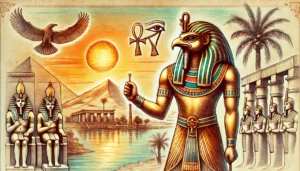
Egyptian Mythology Characters
Step into the Sands of Legend: Meet the Immortals of Egyptian Mythology Welcome to a realm where gods wear falcon heads, pharaohs ascend to divine status, and the Nile flows with secrets whispered by the stars. Egyptian mythology isn’t just a collection of ancient stories—it’s an epic universe bursting with cosmic battles, magical transformations, and characters as vibrant as the hieroglyphs that tell their tales. From the cunning Thoth, god
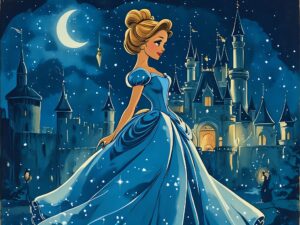
Fairy Tale Characters
Unlock the Enchanted World of Fairy Tale Characters Welcome to a land of wonder, whimsy, and wild imagination—where every page brings you face-to-face with the heroes, villains, and magical beings of your favorite fairy tales! Here, fairy godmothers wave their wands, wolves wear disguises, and brave kids outwit giants with clever tricks and fearless hearts. Whether you’re drawn to the classic charm of Cinderella or the bold spirit of Jack
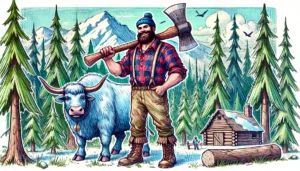
Folklore Legends
Journey Into the Wild and Wondrous World of Folklore Legends Step into a world where ancient whispers echo through forests, mountains hum with mystery, and legends spring to life with every turn of the tale. Welcome to the magical realm of folklore legends—where larger-than-life heroes, trickster spirits, and mysterious creatures have enchanted imaginations for generations. From the thunderous stomps of Paul Bunyan to the sly grin of the Kitsune, each
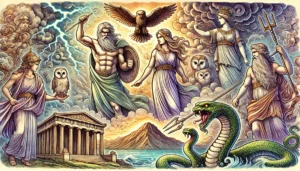
Greek Mythology Characters
Enter the Epic Realm of Greek Mythology Characters Get ready to clash with titans, soar with winged heroes, and dine with the gods atop Mount Olympus! Welcome to the thrilling world of Greek mythology characters—a place where every legend crackles with lightning and every hero’s journey reshapes the world. Here, larger-than-life figures like Zeus, Athena, and Hades await, each with incredible powers, dramatic stories, and divine rivalries that have fascinated

Norse Mythology Characters
Dive into the Thunderous Saga of Norse Mythology Characters Welcome to the windswept world of Norse mythology, where the gods are fierce, the giants are colossal, and destiny is always on the edge of a blade. Here, tales echo with the roar of thunder, and the characters—bold, unpredictable, and legendary—leap straight from the pages of ancient sagas. From Odin’s all-seeing wisdom to Thor’s hammer-smashing might, from Loki’s chaotic tricks to
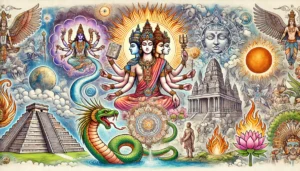
Religious Figures in Mythology
Discover the Divine: Religious Figures in Mythology Across the Ages Welcome to a world where gods speak in thunder, goddesses weave fate, and divine beings walk among mortals with cosmic purpose. Religious figures in mythology aren’t just characters—they’re the heart of creation stories, the rulers of celestial realms, and the movers of destinies. From sky-fathers and earth-mothers to sun deities, storm gods, and celestial judges, these mythological figures shape the
Fairy Tale Characters: Wishes, Warnings, and Wondrous Weirdness
Fairy tales are like the glittery gateway drug into mythology. They’re the stories we heard as kids and never forgot. But let’s be real—underneath the castles and glass slippers, fairy tale characters are often completely bonkers. And that’s why we love them.
Take Cinderella—a girl who goes from ashes to royalty with the help of mice and a magical pumpkin coach. Or Snow White, whose story involves jealous queens, poison apples, and seven tiny roommates. Fairy tale characters have it rough, but they always come out stronger (and usually with better outfits).
The Big Bad Wolf is a recurring chaos agent—huffing, puffing, and impersonating grandmas. Rumpelstiltskin is out here making high-stakes deals with traumatized princesses. And don’t forget Jack, who thought climbing a beanstalk into a giant’s house was a totally reasonable decision.
Fairy tale characters are tricksters, dreamers, underdogs, and warning signs. They mix whimsy with moral lessons, comedy with chaos. And they remind us that with courage, cleverness, and a bit of fairy dust, even the smallest character can conquer the wildest story.
Folklore Legends: Spirits, Shadows, and Stories Passed Down
Folklore characters are the soul of a culture. These are the heroes, monsters, and mischief-makers whispered about by firelight and passed from generation to generation. They’re not just stories—they’re survival guides, hidden truths, and entertainment wrapped in wonder.
Meet Baba Yaga, the Slavic witch who lives in a house with chicken legs and might help you—or eat you. She’s chaotic neutral before that was even a thing. Or Paul Bunyan, the giant American lumberjack who creates mountains with his footsteps and has a blue ox named Babe. He’s a tall tale come to life.
Japan gives us Kitsune, mystical fox spirits who can shape-shift and play tricks—or offer wisdom. Irish folklore? Say hello to the Banshee, who wails before death. Native American legends give us the Raven, a cunning trickster and creator spirit, while West African stories celebrate Anansi, the spider god of storytelling and mischief.
Folklore characters are deeply local but universally powerful. They’re lessons with legs, humor with a heartbeat, and proof that storytelling is how humanity makes sense of life’s wildest mysteries.
Greek Mythology Characters: Drama, Divinity, and Designer Togas
Greek mythology is like a binge-worthy soap opera—but with more lightning bolts, love triangles, and monsters. These characters shaped Western storytelling, with gods, mortals, and everyone in between bringing flair, flaws, and fabulous drama.
Start with Zeus, king of the gods and serial troublemaker. He controls the skies and relationships with equal chaos. His wife, Hera, is the queen of divine side-eye and goddess of marriage—with a jealousy streak that launched entire wars.
Poseidon rules the seas and smashes tempers like waves, while Hades, god of the underworld, has had a modern glow-up thanks to more sympathetic retellings (and a little game called Hades). Athena, goddess of wisdom and warfare, sprang from Zeus’s head fully armored—talk about making an entrance.
Heroes abound: Heracles and his twelve impossible labors; Odysseus, the clever sailor who took the scenic route home for ten years; Perseus, who beheaded Medusa with mirrored style.
Greek myth characters are flawed, fierce, and fantastically fun. They laugh, love, rage, and fail on godlike scales. And they remind us that even immortals aren’t immune to drama.
Norse Mythology Characters: Axes, Ice, and End-of-the-World Vibes
Enter the land of frost giants, fiery tempers, and Viking vibes. Norse mythology characters are made of grit, glory, and Ragnarok-ready determination. These aren’t polished deities—they’re rough, real, and seriously metal.
Leading the pack is Odin, the All-Father who sacrificed his eye for wisdom and rides an eight-legged horse (because why not?). He’s mysterious, wise, and often terrifying. Thor, his hammer-wielding son, is thunder incarnate—loud, loyal, and not one for subtlety.
And then there’s Loki, the ultimate trickster. Shapeshifter, gender-fluid god of chaos, part-time villain, part-time anti-hero, full-time chaos machine. Loki is both the spark and the wildfire.
Don’t forget Freyja, goddess of love, war, and magic, who rides a chariot pulled by cats and takes half the fallen warriors to her hall. Or Hel, the half-dead ruler of the underworld, who’s way more than just spooky vibes—she’s complex and commanding.
Norse characters don’t fight for eternal life—they fight because it’s honorable, knowing the end will come. Their stories are epic, their battles brutal, and their legacy unforgettable. Bring your mead and your metaphors—this is myth at its most raw.
Religious Figures in Mythology: Sacred, Symbolic, and Story-Shaping
Many mythological figures walk the line between folklore and faith. Across cultures, religious characters serve as moral guides, mystical warriors, and embodiments of cosmic truths. Their stories transcend time—not just entertainment, but foundations of belief systems and cultural identity.
In Hindu mythology, Krishna plays the flute and also delivers the Bhagavad Gita in the middle of a battlefield. He’s a divine strategist, lover, trickster, and teacher. Shiva, the cosmic destroyer, meditates in serene power or unleashes dances that reshape the universe.
In Buddhist traditions, Gautama Buddha isn’t just a historical figure—he’s a symbol of enlightenment, inner peace, and liberation from suffering. Stories of his past lives (the Jataka tales) are full of wisdom and wonder.
The Abrahamic traditions offer figures like Moses, who parts the Red Sea, and David, who topples giants. In Islamic tradition, Prophets like Isa (Jesus) and Musa (Moses) play powerful roles in sacred storytelling. These characters are revered, not fictional—but their stories resonate with mythic scale.
These figures aren’t bound to one genre or region. They inspire art, ethics, music, rituals, and entire civilizations. They’re not just characters—they’re pillars of human culture and cosmic meaning.
Why These Characters Still Matter (and Always Will)
Whether they rule the skies, trick humans into life lessons, or live in gingerbread houses, mythological and folklore characters aren’t relics—they’re living stories. They show up in movies, books, video games, comics, and even memes. They shape the way we think about heroism, identity, destiny, and the eternal question: Why are we here?
They let us wrestle with the big stuff—life, death, love, betrayal, power, freedom—in a way that’s exciting, symbolic, and totally human. They’re entertaining, yes—but they also remind us that imagination is a survival tool. That stories are how we pass down wisdom. That sometimes, we need a phoenix, a goddess, or a shape-shifting fox to see the truth about ourselves.
So the next time you hear a thunderclap, catch a shooting star, or dream of a talking animal—remember, you’re not just imagining. You’re tapping into something ancient, powerful, and universal.
And the best part? The story’s still being told.
